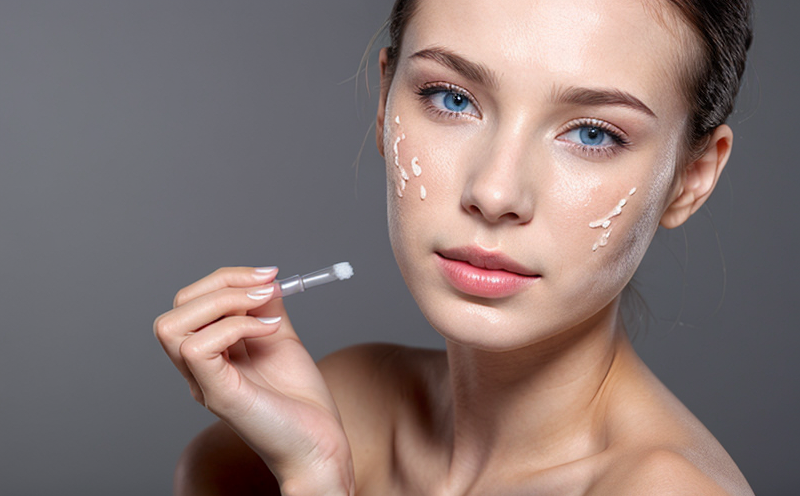Sensitization Testing in Rinse-Off Cosmetics
In the realm of cosmetic product development and regulatory compliance, ensuring the safety of consumers is paramount. Sensitization testing plays a critical role in identifying potential allergens that could cause adverse reactions upon repeated exposure to rinse-off products like shampoos, soaps, or facial cleansers. This form of testing is essential for quality managers, compliance officers, R&D engineers, and procurement teams who must navigate the complexities of regulatory requirements.
Rinse-off cosmetics are designed to be washed off after use, but this does not negate their potential for causing contact dermatitis if they contain sensitizing substances. Sensitization occurs when an individual develops a hypersensitivity reaction to a chemical substance due to repeated exposure, even in products that are not directly applied to the skin. This can lead to inflammation and irritation.
The testing process involves exposing volunteers or cells to the rinse-off cosmetic product under controlled conditions over multiple days. If there is evidence of an immune response leading to sensitization, it indicates a need for reformulation or additional measures to mitigate risks. The goal is to identify these sensitizers early in the development cycle so that appropriate steps can be taken.
Understanding the scope of this testing requires knowledge about the types of specimens used and the instruments employed during analysis. Specimens typically include extracts from rinse-off products, which are prepared by diluting them with a suitable solvent according to standardized procedures. Instruments such as microtiter plates or ELISA kits may be utilized for detecting specific antibodies indicative of sensitization.
Acceptance criteria vary based on international standards like ISO 10993-11:2017, which provide detailed guidelines regarding the conduct and interpretation of skin irritation tests. Compliance with these norms ensures that test results are valid and comparable across different laboratories worldwide.





